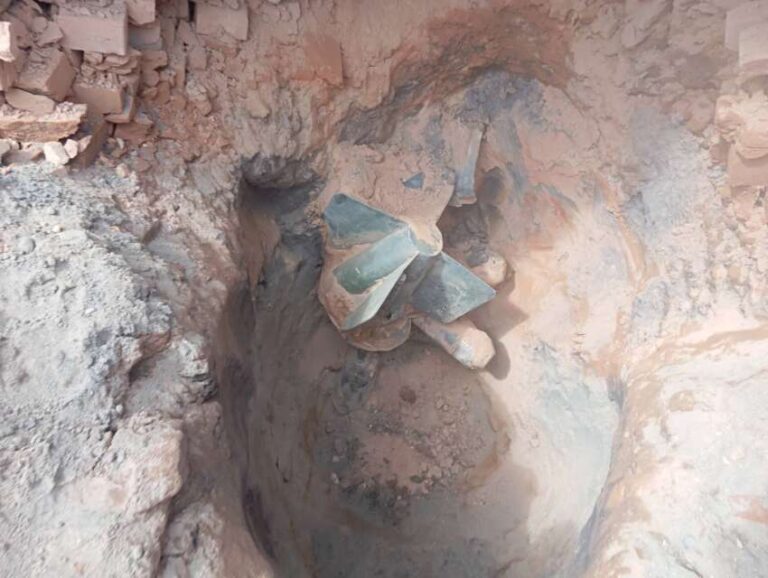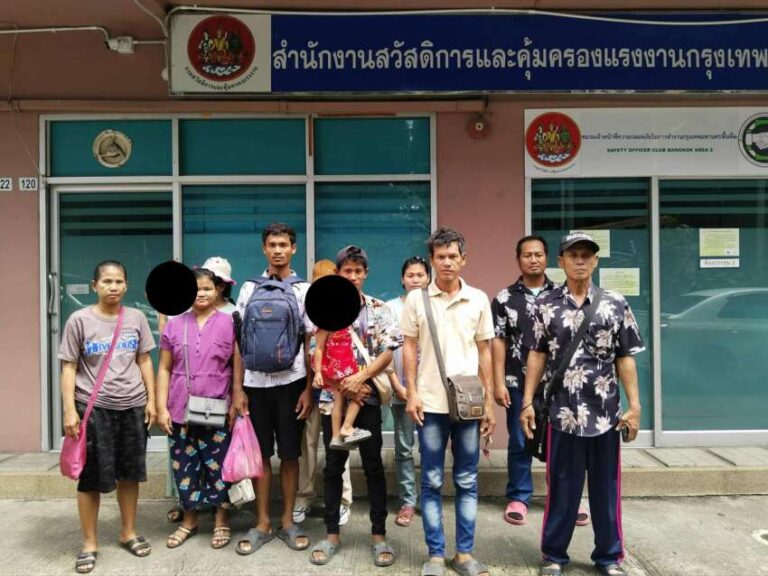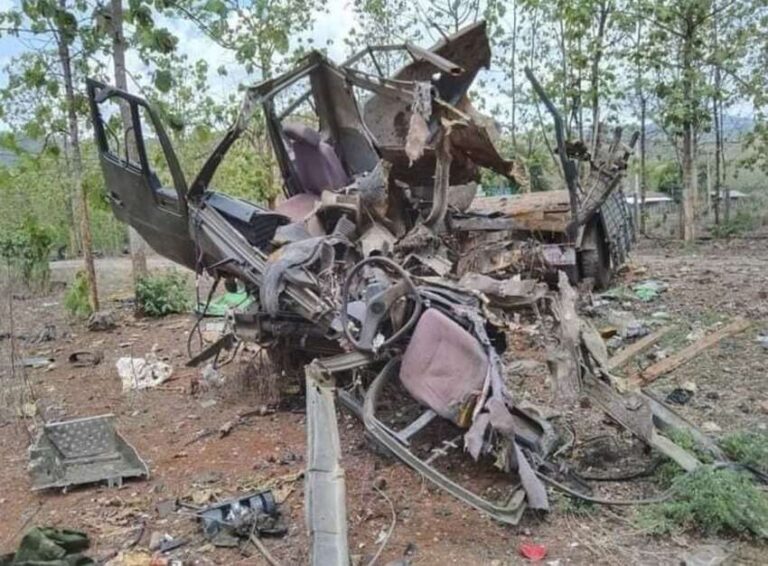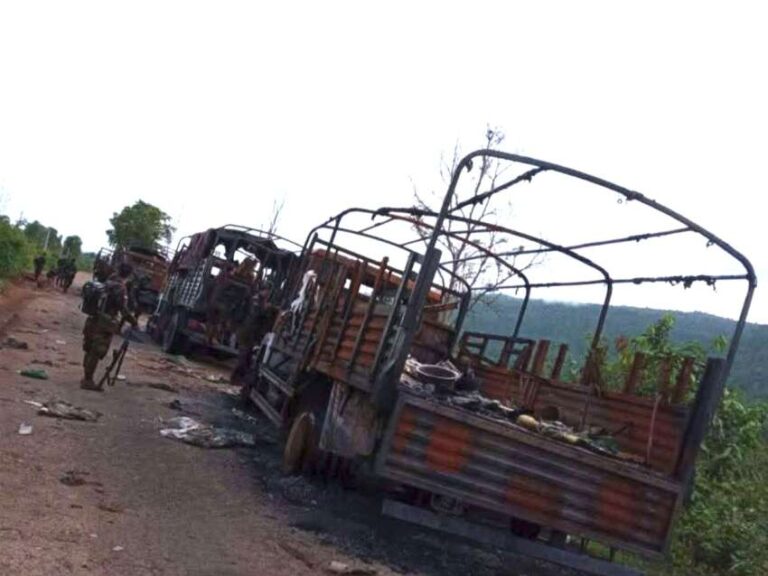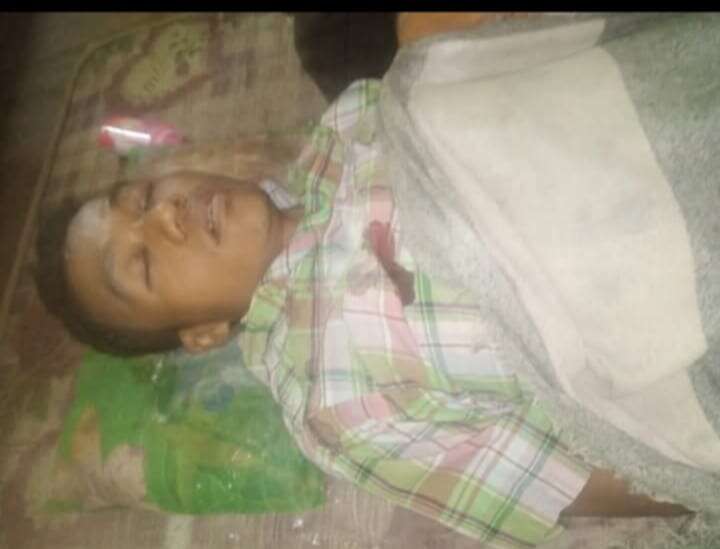
A Civil Disobedience Movement (CDM) teacher named Ko Thant Oo was killed by military council artillery fire when he briefly returned to his home in Kyun Doe town, Kawkareik Township, Karen State. The teacher, who was in his thirties, had resigned from his teaching position to join the civil disobedience movement in protest of the military coup. Friends of the deceased teacher confirmed his death to Yangon Modern News Agency.
On May 19th, in the afternoon, Ko Thant Oo had temporarily returned to his house in Kyun Kalae village from where he had been sheltering due to ongoing battles in the Kyun Doe area. During this visit, an artillery shell fired by the military council’s Infantry Battalion 545 based in Kyun Doe struck and exploded inside Kyun Kalae village. The shell hit his house while he was in front of the household shrine, killing him instantly. According to friends, he had returned to check on his house as there had been reports of break-ins and theft at evacuated homes during the conflict.
Currently, in the Kyun Doe region, the military council forces are conducting artillery strikes and drone bombing operations based on information provided by their informants within villages. Meanwhile, the Karen National Liberation Army (KNLA) and allied forces are launching counterattacks against military council bases using forward-deployed missiles. Local sources report that civilian casualties continue to mount due to the activities of military informants, who persist in their actions despite warnings from the community. These informants, including some religious figures and civilian collaborators, provide intelligence to the military about resistance force movements, leading to artillery strikes that often result in civilian casualties.
According to records from IDP assistance groups, military council attacks in Kyun Doe town, Kawkareik Township, have resulted in over twenty civilian deaths and more than thirty injuries between April and May. The ongoing conflicts in the region have forced local residents to flee to safer areas, and security conditions make it difficult for them to return to their homes. The situation continues to deteriorate as the military council intensifies its operations in the area, while resistance forces maintain their defensive positions and launch counteroffensives against military installations.
